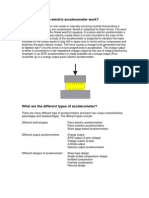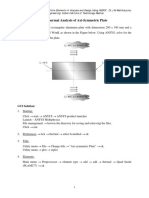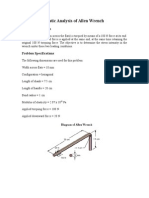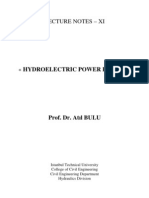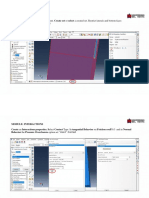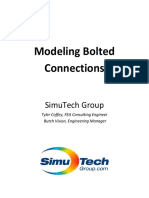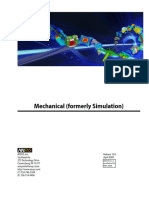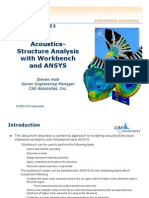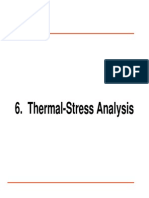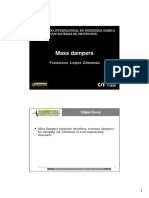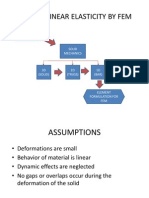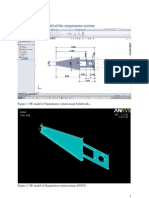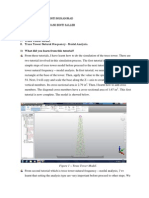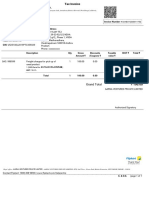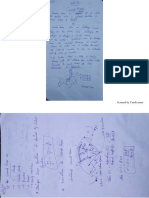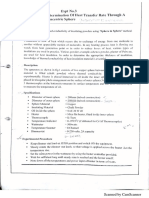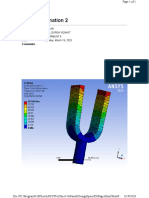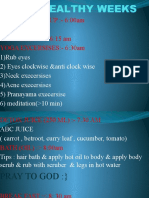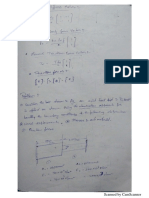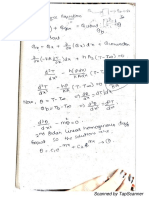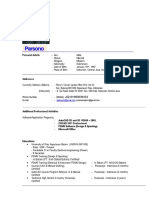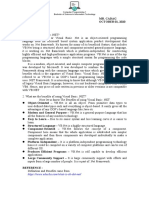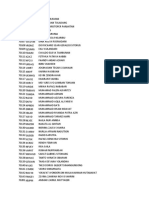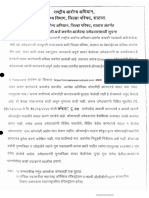0% found this document useful (0 votes)
243 views3 pagesANSYS Tutorial 4 Modal Analysis of 3D Truss System
The document describes a modal analysis of a 3D truss system using ANSYS Workbench 16.0 to determine maximum deflections at varying natural frequencies. The truss was modeled with truss elements and an I-section cross-section using steel. A mesh was generated and the ends were fixed as supports. The analysis found: 1) A maximum deformation of 0.25mm at 23.17Hz. 2) A maximum deformation of 1.18mm at 28.295Hz. 3) A maximum deformation of 1.3mm at 32.948Hz.
Uploaded by
bhanuCopyright
© © All Rights Reserved
We take content rights seriously. If you suspect this is your content, claim it here.
Available Formats
Download as PDF, TXT or read online on Scribd
0% found this document useful (0 votes)
243 views3 pagesANSYS Tutorial 4 Modal Analysis of 3D Truss System
The document describes a modal analysis of a 3D truss system using ANSYS Workbench 16.0 to determine maximum deflections at varying natural frequencies. The truss was modeled with truss elements and an I-section cross-section using steel. A mesh was generated and the ends were fixed as supports. The analysis found: 1) A maximum deformation of 0.25mm at 23.17Hz. 2) A maximum deformation of 1.18mm at 28.295Hz. 3) A maximum deformation of 1.3mm at 32.948Hz.
Uploaded by
bhanuCopyright
© © All Rights Reserved
We take content rights seriously. If you suspect this is your content, claim it here.
Available Formats
Download as PDF, TXT or read online on Scribd
/ 3
